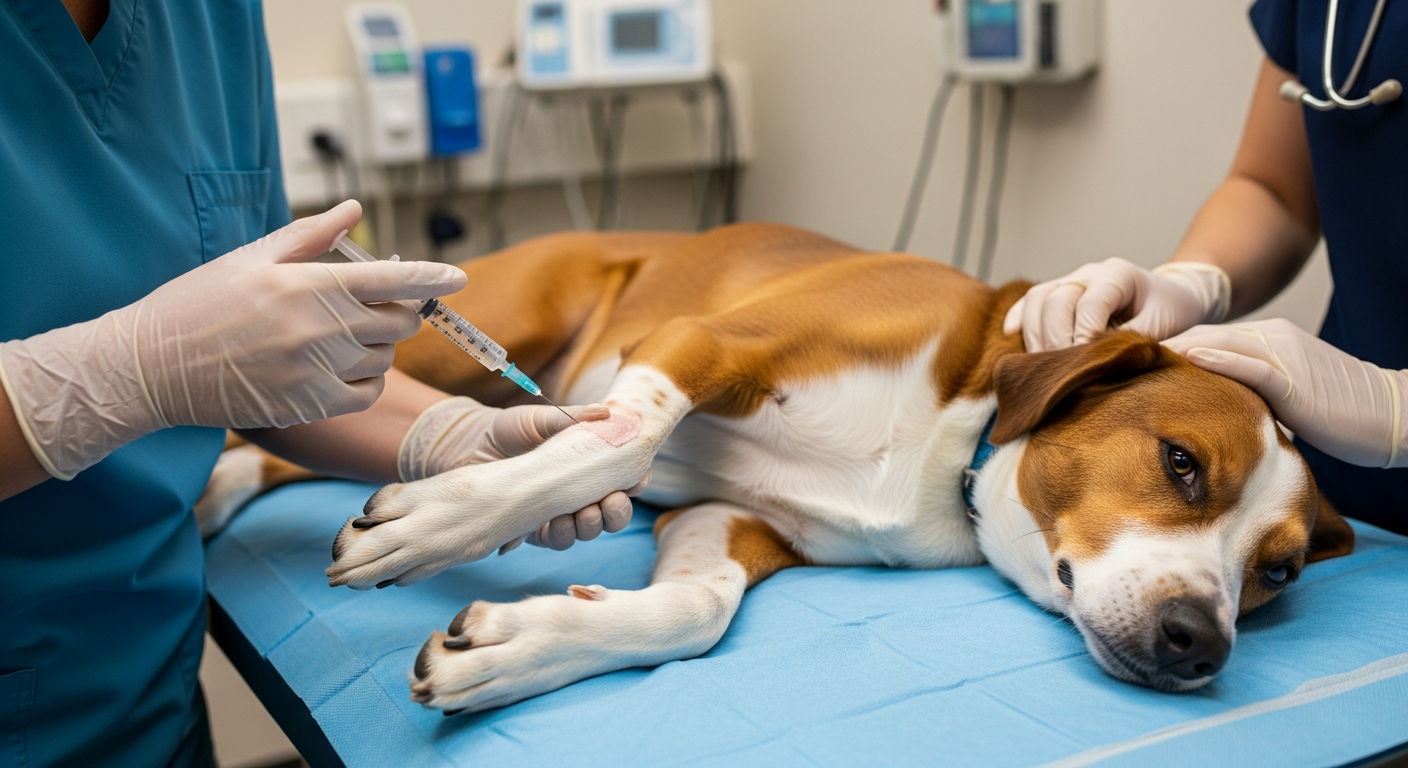Staffing shortages in veterinary practice have reached critical levels, significantly impacting the quality of care provided to patients. This pressing issue stems from a surge in demand for veterinary services, a shortage of qualified candidates, high turnover rates, and economic constraints limiting hiring capabilities.
Understanding the Causes
The demand for veterinary services has risen sharply, particularly following the increase in pet ownership over recent years. Unfortunately, the supply of qualified candidates has not kept pace. High employee turnover exacerbates these shortages, with nearly 80% of veterinary hospitals experiencing difficulties in maintaining adequate staffing levels. Additionally, economic pressures and competition for skilled labor further complicate efforts to attract and retain talent.
The Impact on Practice Operations
The consequences of these staffing shortages are profound. Practices are experiencing decreased productivity, increased workloads for existing staff, and longer wait times for patients. This situation not only affects routine check-ups but also compromises the quality of emergency care, leading to potential health risks for animals. Financially, practices face increased operational costs and the risk of losing clients due to subpar service quality.
Strategies for Mitigation
To combat these staffing challenges, a multifaceted approach is essential. Streamlining the hiring process can help eliminate bottlenecks, while offering competitive compensation and incentives will attract potential candidates. Promoting internal advancement and investing in training can also empower existing staff, fostering loyalty and reducing turnover.
Embracing Innovative Solutions
Incorporating innovative staffing models, such as remote work options and flexible schedules, can widen the pool of potential candidates. Collaborating with other organizations to share resources can alleviate staffing pressures. Additionally, leveraging technology, such as electronic health record systems, enhances information sharing among staff and streamlines operations, improving overall efficiency.
Long-Term Planning for Sustainability
Addressing these staffing shortages requires systemic changes in veterinary education and employment policies. Advocating for increased funding for veterinary programs and improved working conditions will be crucial for attracting future talent. As the demand for services continues to grow, practices must adopt long-term strategies that embrace technology and innovative workforce management practices.
The Future of Veterinary Care
Looking ahead, the veterinary profession stands at a pivotal juncture. With an anticipated rise in the number of veterinarians entering the workforce, practices must proactively adopt measures to navigate ongoing staffing challenges. By integrating advanced practice management systems and fostering a collaborative culture, veterinary facilities can enhance both patient outcomes and staff satisfaction.
In summary, while staffing shortages present significant challenges, they also offer opportunities for transformation through strategic workforce planning and technological integration, paving the way for a resilient veterinary future.







